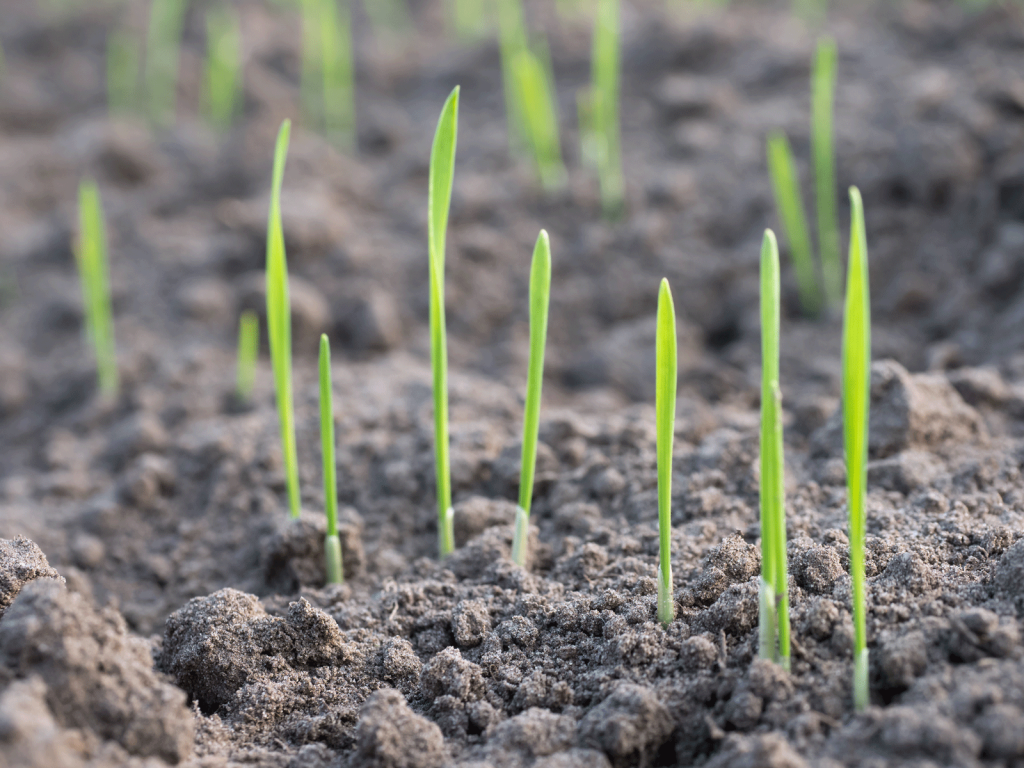Setting the Foundation for Long-Term Conservation Success
The first year of establishing Conservation Reserve Program (CRP) land is both exciting and critical. It’s the foundation upon which long-term environmental and financial success is built. For landowners, knowing what to expect, and how to respond, can mean the difference between a thriving habitat and a struggling one.
At FDCE, we’ve helped establish over 400,000 acres of CRP land and understand the challenges and opportunities that arise during that pivotal first year. Here’s what you need to know as you begin your CRP journey.
Site Preparation: The Groundwork for Success
Site preparation typically begins before planting and plays a key role in suppressing weeds, conserving soil moisture, and preparing the seedbed.
FDCE provides full turnkey services including:
- Tillage and seedbed conditioning for proper soil texture
- Custom herbicide application to reduce weed pressure
- Soil amendments or BOOST micronutrient enhancement for seedling vigor
- Proper preparation helps ensure that when planting begins, your site is optimized for germination and early growth.
Planting: Precision Is Key
Once the seedbed is ready, planting begins. This is usually in spring/early summer or late fall/early winter, depending on your region. FDCE uses custom, re-engineered planters and drills to ensure:
- Correct seeding depth and spacing
- Proper seed-to-soil contact
- Uniform coverage of native grasses and forbs
Timing, technique, and seed quality all contribute to long-term CRP success.
Weed Control: Stay Vigilant
Invasive and aggressive weeds are one of the biggest threats during the first year. Even with strong site prep, you can expect weed pressure.
FDCE develops site-specific herbicide plans and monitors weed growth closely. Spot treatments may be necessary throughout the first year to protect your native seedlings and prevent invasive species from taking hold.
Patience with Native Species Establishment
Native grasses and forbs don’t establish overnight. In fact, the first year is primarily about root development, not top growth.
Here’s what to expect:
- Some bare or patchy areas early on (normal)
- A flush of weeds before native plants dominate
- Limited bloom from forbs in year one
Don’t be discouraged by slow or uneven growth, it’s part of the natural cycle of native habitat establishment.
Monitoring and Maintenance
Ongoing attention in the first year is crucial. FDCE suggests regular site visits to assess:
- Progress indicators
- Weed pressure
- Establishment support needs
Landowners should also document site conditions and management actions to remain compliant with their CRP contract and ensure eligibility for cost-share reimbursements.
Wildlife Begins to Return
Even in the first year, signs of wildlife returning are common. Pollinators, birds, and small mammals are often among the first to appear. These early signs reflect the start of a successful restoration and are an encouraging indicator of future ecological value.
FDCE: Your Partner in Year One and Beyond
Navigating the first year of CRP establishment can feel overwhelming, but you don’t have to do it alone. FDCE offers support to guide you through every phase helping your project get off to the best possible start.
With our experience, high-quality seed blends, proprietary BOOST treatment, and hands-on service, we help you overcome first-year challenges and build a sustainable habitat that meets USDA requirements and your conservation goals.
Ready to Get Started?
If you’re enrolling in CRP for the first time or re-establishing land under a new contract, FDCE is here to help you navigate year one with confidence.
Contact us today to learn more about our CRP turnkey solutions and how we can support your project through its most critical phase.

